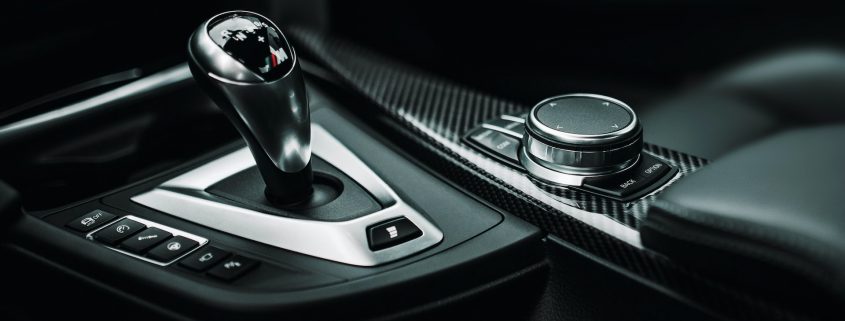How to Drive an Automatic: The Best Practices
 If you’re like most people, you probably drive an automatic transmission car. But did you know that there are specific best practices that can help you drive your car more smoothly and efficiently? In this blog post, we will discuss the best ways to drive an automatic transmission car. We’ll cover everything from how to start your car to how to change gears. So whether you’re a beginner or an experienced driver, read on for some tips on how to get the most out of your automatic!
If you’re like most people, you probably drive an automatic transmission car. But did you know that there are specific best practices that can help you drive your car more smoothly and efficiently? In this blog post, we will discuss the best ways to drive an automatic transmission car. We’ll cover everything from how to start your car to how to change gears. So whether you’re a beginner or an experienced driver, read on for some tips on how to get the most out of your automatic!
1. How to start an automatic car
If you’re new to driving an automatic car, one of the first things you need to know is how to start it. Here are a few tips:
– Make sure your foot is on the brake pedal before you start the engine.
– Put your key in the ignition and turn it to the “on” position. You should see all the lights on your dashboard come on.
– Now you can start the engine by pushing down on the key or button.
– Once the engine is running, you can take your foot off the brake pedal and begin driving.
2. Driving an automatic – the basics
Now that you know how to start your car, let’s go over the basics of driving an automatic. Here are a few things to keep in mind:
– You don’t have to worry about clutch control – the car will do that for you.
– Instead of a gear shift, you’ll have a lever on the side or center of the steering wheel. This is used to change gears.
– To go into reverse, simply put the lever in the “R” position.
– To put the car in park, push down on the brake pedal and then move the lever into the “P” position.
– When you’re coming to a stop, the car will automatically shift into lower gears. You can also do this yourself by moving the lever into the “L” position.
– And finally, to turn off the engine, push down on the brake pedal and then turn the key to the “off” position.
3. Tips for driving an automatic successfully
Now that you know the basics of driving an automatic, here are a few tips to help you be successful:
– Use your brakes carefully. If you ride the brakes, they can overheat and cause problems.
– Don’t rest your foot on the brake pedal while driving – this can also cause problems.
– Pay attention to your car’s dashboard lights. If you see a light come on, it means there’s something wrong with the car and you should take it to a mechanic.
– Practice makes perfect! The more you drive, the better you’ll get at using an automatic transmission.
4. The benefits of driving an automatic car
Finally, let’s discuss some of the benefits of driving an automatic car:
– Automatics are easier to drive than manual cars. This makes them a good choice for new or inexperienced drivers.
– Automatics are less likely to be involved in accidents than manual cars. This is because there’s no need to take your hands off the steering wheel to change gears.
– Automatics usually get better gas mileage than manual cars. This is because they’re more efficient and don’t require as much maintenance.
So there you have it – everything you need to know about driving an automatic car! We hope this blog post has been helpful. If you have any questions, feel free to ask us in the comments section below. Thanks for reading!




